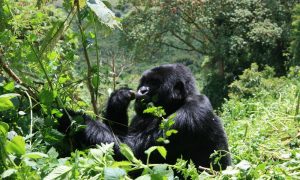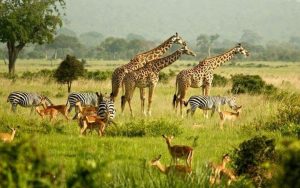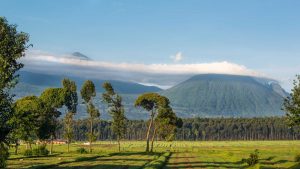Scientifically known as Gorilla beringei beringei, Mountain gorillas are one of the World’s most valued but fragile wildlife species that inhabit the thick rainforests of four National Parks (Bwindi, Mgahinga, Virunga and Volcanoes National Parks) in three countries-Uganda, Rwanda and the Democratic Republic of Congo. For a number of years, these primates have been categorized as critically endangered but have recently been categorized under IUCN Red List of Endangered species which has also come with an increase in their numbers.
The latest census of the giant apes carried out within the Virunga Volcanoes (combining Virunga, Volcanoes and Mgahinga National Parks) put their numbers at over 600 individuals while over 400 were found in Bwindi Impenetrable National Park, meaning more than 1000 mountain gorillas are found in the wild with no individuals living in captivity.
The Census conducted as a combination of intensive fieldwork in 2015 and 2016 as well as detailed genetic analysis was a result of collaborative effort among the management of the three concerned countries (where the giant apes are found), the Max Planck Institute for Evolutionary Anthropology in Leipzig (Germany) as well as several Non-Governmental Conservation Organizations. With a population of over 1000 individuals (more than twice as many as thirty years ago), it shows one of the exceptional success stories in as far as conservation of wildlife in Africa is concerned. It’s undeniable that these primates have been threatened by civil conflict, poaching and habitat destruction but have withstood all the threats, making their population to more than double in the past three decades.
Conducting census for mountain gorillas is not as simple as it is with humans but involves different procedures and in this case involved searching for trails and nest sites left by the mountain gorillas, field teams sweeping intensively through the whole 440 square kilometers and walking for over 2000 kilometers. Not only that, genetic analysis was conducted on about 1100 fecal samples to ascertain that there are at least 186 unhabituated gorillas and this took over 18 months to come to completion. The remaining 70% of the population is comprised of 418 that were habituated for tourism and research purposes.




